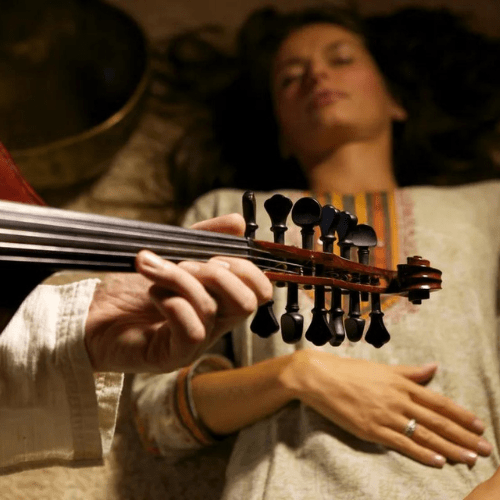
25 ژوئن Music as Therapy
Music has been used since ancient times to enhance wellbeing and reduce pain and suffering. This article will review the medically relevant effects of music, focusing on pain, anxiety, and mood. We will not discuss the use of music to enhance cognitive development (ie, the “Mozart effect”) or for patients with severe developmental delays, dementia, psychiatric disorders, neurologic disorders, sensory handicaps, or in institutional settings such as correctional facilities or schools, though a great deal of work has been done in these areas.
Music is ubiquitous in all human cultures and is listened to by persons of all ages, races, and ethnic backgrounds. One measure of the popularity of a topic is the number of Internet sites devoted to that topic. Using this metric, music (at 131 million sites) follows sex (at 185 million sites) in terms of the most popular listings on the Google Internet search engine (search October 22, 2003). Not surprisingly, different kinds of music appeal to persons of different ages and ethnic backgrounds, and the same person may desire different kinds of music under different circumstances. For example, nursery rhymes may be soothing for toddlers, but hearing the “Sesame Street” or “Barney” song several times daily can be irritating for adolescents or parents. High-tempo contemporary music is often used to increase athletic performance, whereas baroque music may be preferred for relaxing after a stressful examination, and jazz may be preferred for socializing. Recently, specific types of music have been marketed to enhance pediatric development (eg, the Mozart effect), to address cognitive problems, and to enhance effectiveness of other complementary therapies such as Reiki and massage. Although these strategies remain somewhat controversial, music has long been used as a complementary healing therapy to soothe patients afflicted with pain, anxiety, and a variety of illnesses and injuries.
Music therapy is recognized as an established allied health profession that uses music to facilitate therapeutic processes. Music therapists are typically musicians who have undergone specific training in using music and the therapist’s self to accomplish therapeutic aims: the restoration, maintenance, and improvement of mental and physical health. Music therapists work in a variety of settings as part of the health care team. The American Musical Therapy Association has more than 2,500 members working in hospitals, clinics, schools, day care centers, hospices, rehabilitation centers, correctional facilities, and private practice settings. However, even in the absence of a professional music therapist, many patients and clinicians listen to or play music to manage stress, anxiety, and pain in clinical settings.
Music may have different effects, based on listener characteristics: age, culture, medical conditions that affect hearing, musical aptitude, and experience. Other factors affecting music influence include elements of the music (tempo, pitch, harmony, melody, rhythm), means of delivery (headphones, speaker, open air, live versus recorded), setting (group or alone), and active versus passive participation.


